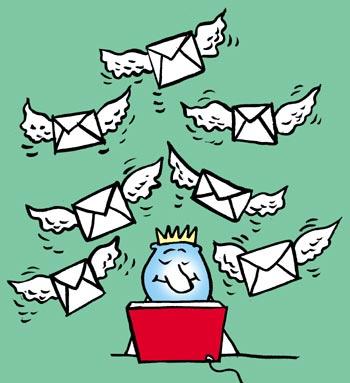
While there's no denying the convenience of corresponding with friends, family and colleagues through email, it seems that more and more of us are getting overwhelmed with non-stop traffic into our inbox. No matter how many we reply to, there are still more pending. We seem to be managing email all the time, at the expense of other tasks. And we're not even talking about Spam here -- only email that need some action.
So how does one get on top of it? Is there a way out of the email trap?
Here are seven tips on how to manage your inbox:
Once a week pickup
'I am only getting emails on Monday afternoons,' is the message an acquaintance shares. 'This process makes life simpler for me and (I'm hoping) will allow me to respond faster than normal (like within a week rather than within a year, maybe). The best way to get in touch with me is to call me if you need something. Definitely call if you email me something you need me to respond to quickly.'
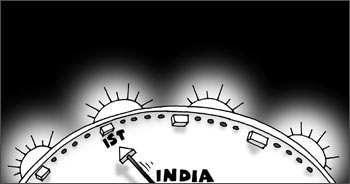
Depending on how many email you get that need to be answered same day, allocate times of the day when you will respond. Say, the first hour of the day when you get to your desk and another half hour after lunch while you fight post-lunch laziness. When focused on a single task, you will get it done faster.
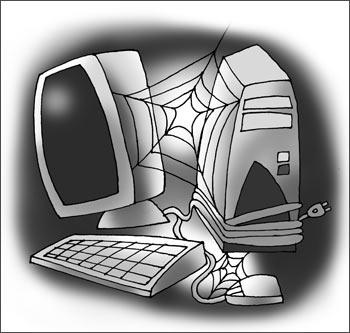
If it can wait, respond after a day or two. If you reply at once, people tend to send another reply at once with yet another point or query. The chain of mails needs to be broken before it can be set in motion again.
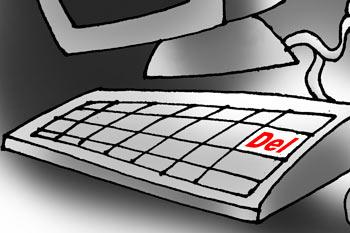
An inbox showing 300 pending mails can seem too overwhelming to even get started. Scan through your email quickly, delete the ones you don't need to save, and move the ones you need to designated folders. The inbox will suddenly seem a lot less heavy and a lot more manageable.

Set rules so you know email from certain sources will go automatically to designated folders. This works very well when you have subscriptions to newsletters, reminders for credit card and utility payments, or from those that have either low or high priority (and will not get lost in the clutter).

This may sometimes sound impolite, but you may not need to acknowledge every mail, send a thank-you note or confirm you have done a task sent to you -- there are always exceptions. The recipient may then respond further setting off another chain.
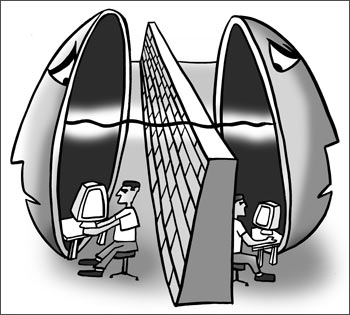
This is obvious. Much of the email you receive is in response to the email you send. The fewer you write, the fewer responses you will get. Call or text when possible.
And no, fewer mails do not mean no one loves you. In fact, if you think about it, they leave you more time to seek out a loved one.